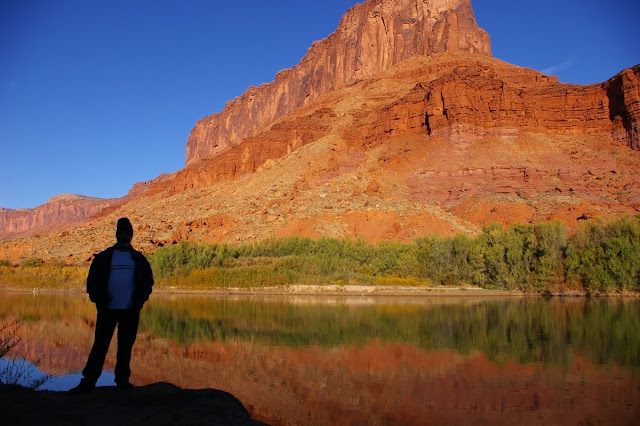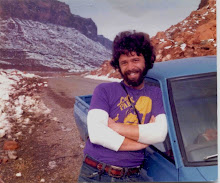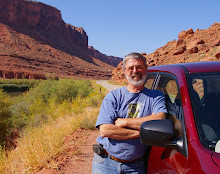When I moved out to Tomales Point in 1983 with infant
daughter Alison and my then-wife Jeanne, the old Pierce Ranch was still being
restored by the National Park Service.
The main house and the eighteen out buildings would materialize out of the
ever present fog like ghostly apparitions, their exteriors grayer than the
surrounding sky. With the exception of
the ranch house, only traces of the exterior whitewash remained on the
remaining wooden structures which included two large barns, a creamery,
bunkhouses, chicken coops, and a one room school house. Other objects of interest included one rusted gas pump , a broken thresher, and
several weathered porcelain bath tubs that had served as cattle troughs. Our nearest neighbors were the Kehoes who
operated a dairy ranch three miles away.
A line of gnarled cypress trees stood guard along the
western edge of the ranch, many of their branches broken and hanging from
recent storms. On the eastern edge, a
forest of eucalyptus funneled down slope to the shores of Tomales Bay. Just behind the ranch is where eucalyptus and
cypress mingled in an unkempt tangle of limbs, shredded bark and downed trees. A cistern on a nearby hilltop provided the
only source of fresh water. The paved road ended near the ranch providing
access to McClures Beach. For the most
part, this was a wild and lonely outpost on the edge of the continent.
The main house had been largely restored and occupied for
several years by a series of seasonal park rangers, mostly single males. But the Park Service was looking for a more
permanent and reliable resident to occupy the site to guard against vandalism
or other nefarious activities that might be occurring seven or eight miles from
the nearest ranger station. So I
volunteered even though it would mean a daily commute of eighteen miles to the
Bear Valley headquarters where I worked.
I was trading my little apartment over the Olema Store for a 12-room,
Victorian era farmhouse with a long and rugged history.
The ranch had weathered the 1906 earthquake with only
minor damage, sited as it was on the hard granites of the Pacific Plate. But for all its ruggedness, there was a sense
of isolation and vulnerability, hunkering down against the winds in the swales
and hummocks of Tomales Point, its foundations teetering on the narrow
ridgeline. The main house had been built
in the 1860s with various alterations along the way. Now its floors sagged and the damp air seeped
in through the walls. It was a large
house for three small people to inhabit.
And without the daily hum and drum of cow milking and butter making, the
ranch complex often took on the air of a ghost town.
Still, it was a remarkable home for nearly four
years. I could walk down to White’s Cove
on the Tomales Bay side and watch pelicans diving into the shallows. Collect fresh mussels at McClures Beach to
barbeque or steam. Hear the Great Horned
Owls in the cypress forest, or the occasional bark of a sea lion in the early
morning. And in the fall the tule elk
began the rut, the big bulls screeching in the fog, swinging their antlers
through the scrub and pawing the earth.
In those magical moments, I could see deep into a primal past where the
headlands held the ocean at bay and the bay fed its bounty into the ocean. And life was inextricably linked with the ebb
and flow of the tides.






